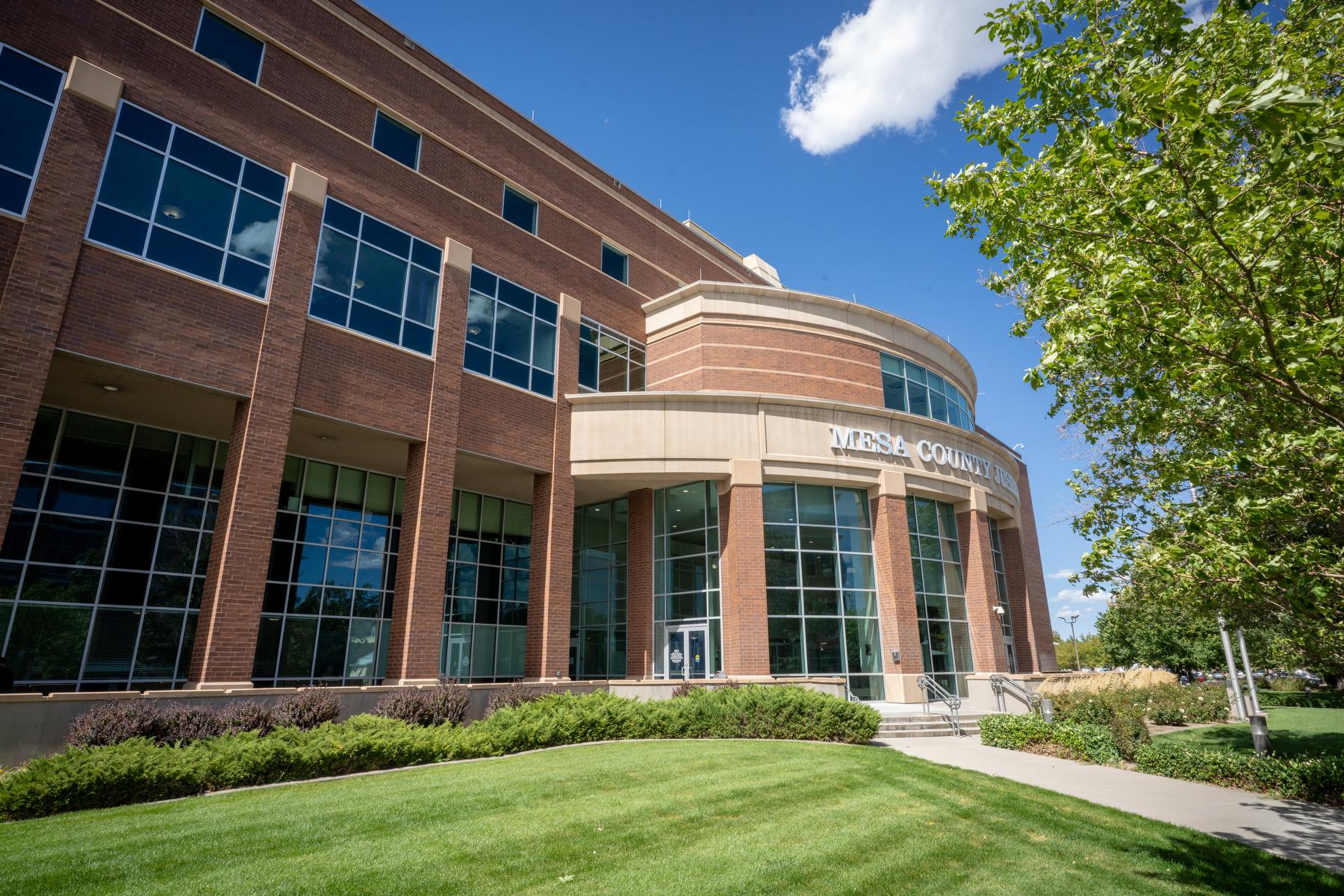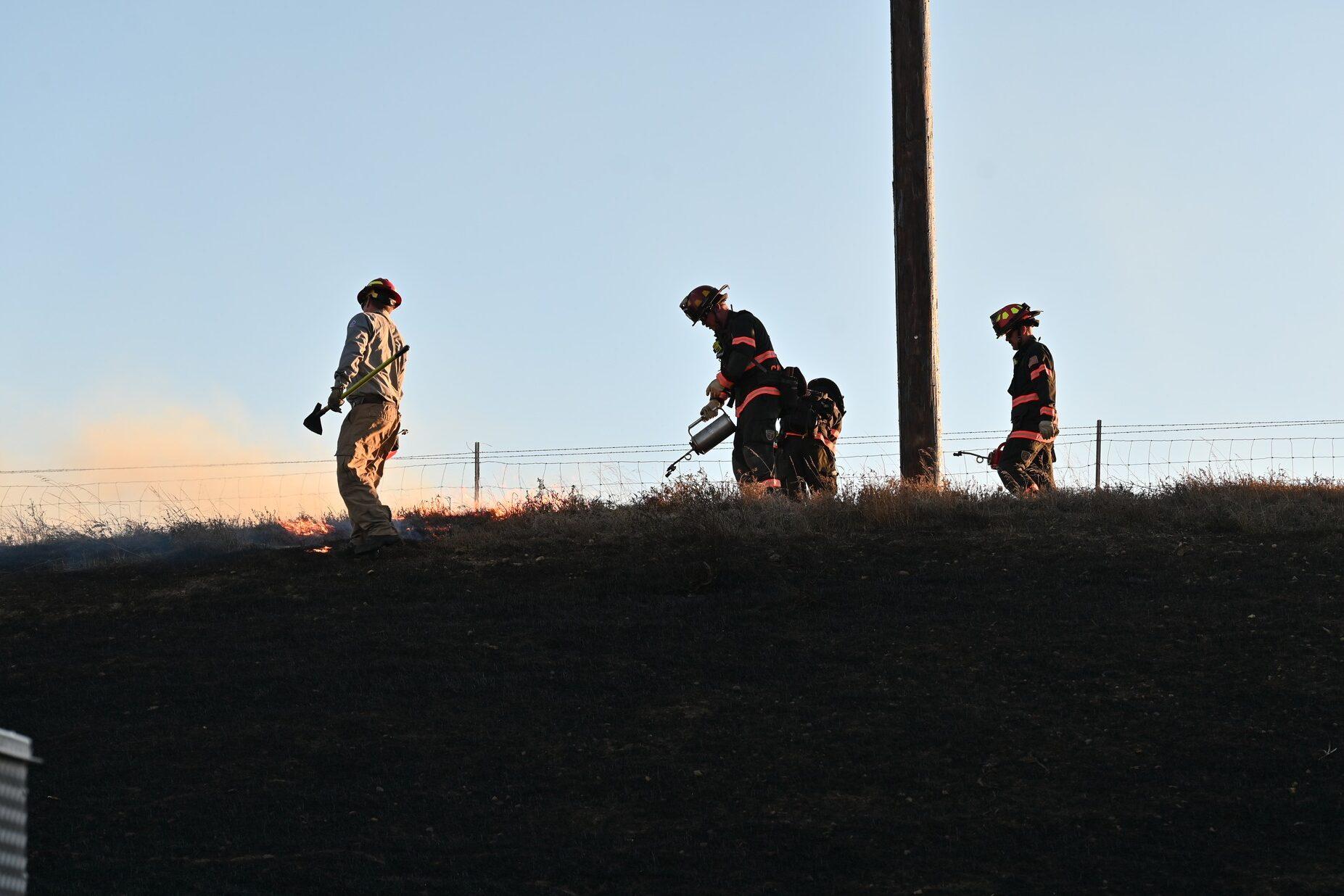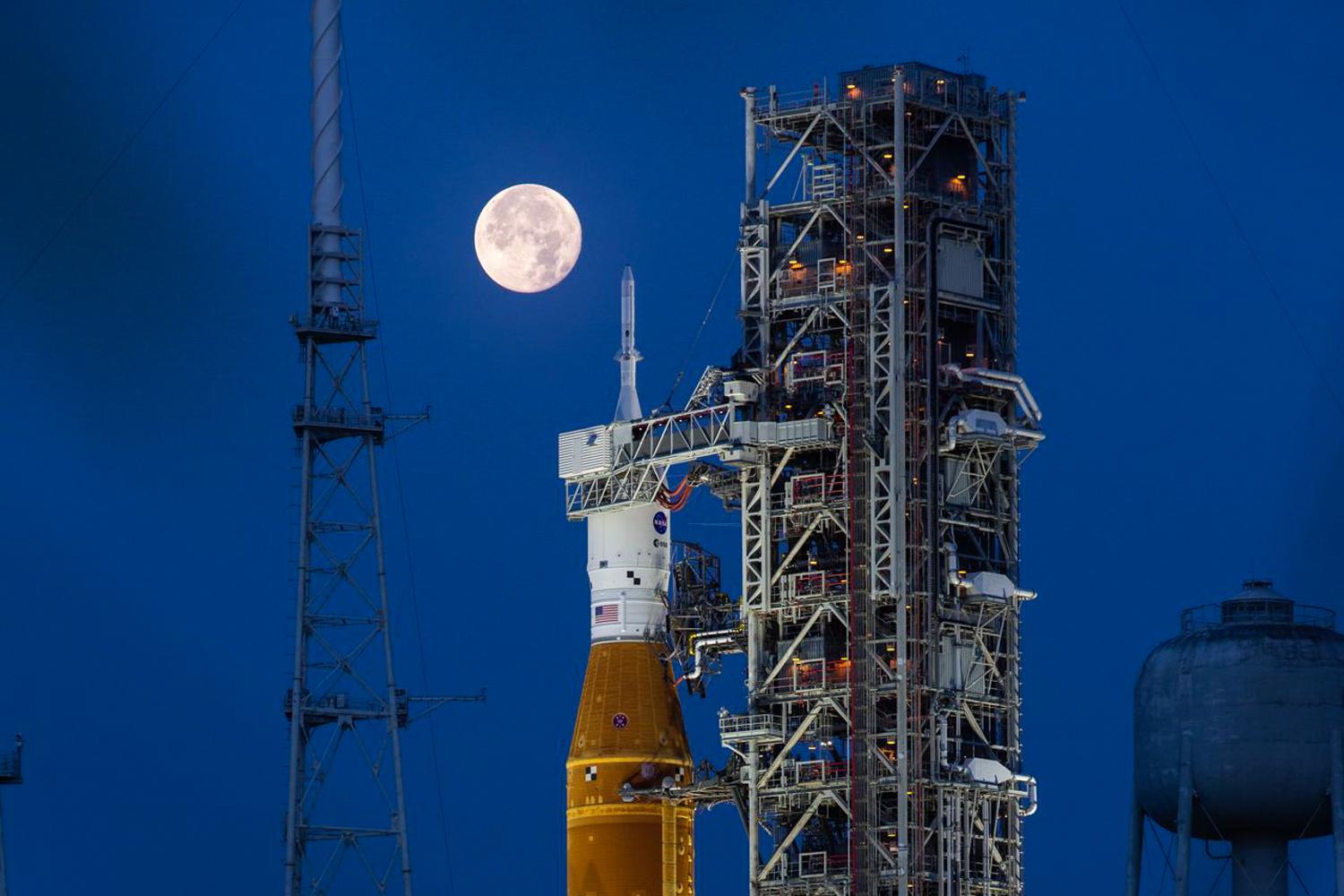
The spotlight is on Lockheed Martin’s Colorado-based space division as NASA prepares to launch its long-awaited Artemis missions, which could one day bring humans to Mars.
If all pre-launch checks go right and the Earth, moon, and the weather align, a spaceship will take off from Florida’s Kennedy Space Center on Nov. 16 for a 42-day mission that will take it 40,000 miles beyond the moon and back.
That mission is Artemis I and the spaceship is Orion — designed by hundreds of engineers at Lockheed’s offices in Denver.
“There's very much Orion DNA here in the Denver area,” said Gary Napier, a spokesperson for Lockheed Martin.
Colorado is a hub of the aerospace industry, stemming in large part from its place as home to the U.S. Air Force Academy since it was built in the 1950s. Colorado has the nation’s second-largest aerospace economy, behind California, according to the state’s office of economic development, with 300 businesses classified as aerospace companies and nearly 29,000 private-sector aerospace workers in metro Denver and Northern Colorado.
“I think what happens is success breeds success. It just has grown over time,” said Robert Beletic, a retired Air Force general who serves as the aerospace and defense industry manager for Colorado’s office of economic development and international trade. “It’s the combination and the collaboration of industry and research labs and academia and government.”
In fact, major Colorado Air Force bases, including Buckley, have recently been rechristened as Space Force bases. As such, it makes sense the state would play a central role in NASA’s ambition of getting humans back to the moon and beyond.
And the official motto for Colorado’s space boosters holds that being one mile closer to space makes the state a natural jumping off point for exploration, though it’s not clear that 5,280 feet makes much of a difference when it comes to space.
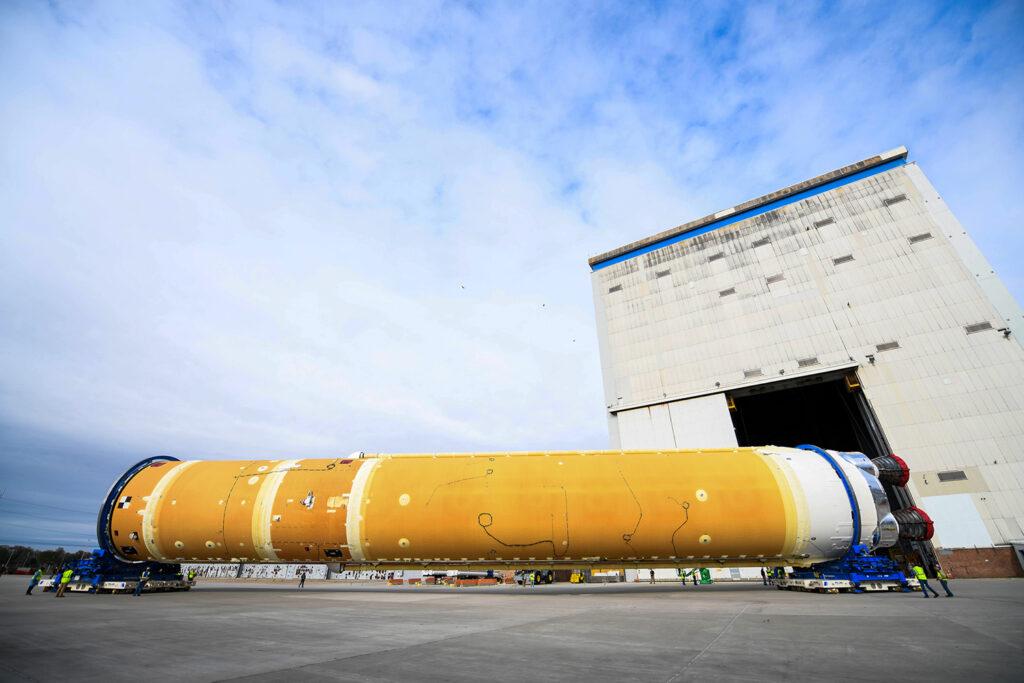
The last moonwalk was during Apollo’s final mission in 1972. The upcoming launch won’t include a crew, but the goal is to fly one that will land on the moon in 2025, including the first woman to go to the moon.
“Artemis was the twin sister to Apollo and Apollo was the Greek god of the moon … so Artemis is the Greek goddess of the moon,” said Lockheed’s Napier. “Artemis is about taking the first woman and the first person of color to the moon. That's not the only goal, but it’s very appropriate that a feminine god … is now representing the moon program.”
On top of the design work for the Orion capsule, which has the familiar gumdrop shape of the Apollo program, key components were also built at Lockheed’s Colorado facilities, according to Napier. Take, for example, the heat shield.
“It looks a little bit like a Frisbee or a wok,” Napier said.
It’s the largest heat shield that has ever been built — with a diameter of more than 16 feet, according to Napier. It can withstand temperatures exceeding 5,000 degrees when the spacecraft re-enters the Earth’s atmosphere at 24,000 miles an hour.
The big question is – how much is all this going to cost? Lockheed doesn’t disclose details of its contract with the government, and it’s impossible to pinpoint what the actual price tag for the Artemis program will ultimately be. NASA’s inspector general estimates the agency will spend $93 billion on the effort over the next several years, with the cost of a single mission pegged at roughly $4 billion.
Of course, that doesn’t all go to Lockheed Martin. Virtually every major aerospace company in the U.S. gets a piece of that pie. That includes a lot of companies in Colorado that might not be as well-known as Lockheed, Beletic said.
“We have over 200 companies in this state that are contributing to the Artemis project,” he said.
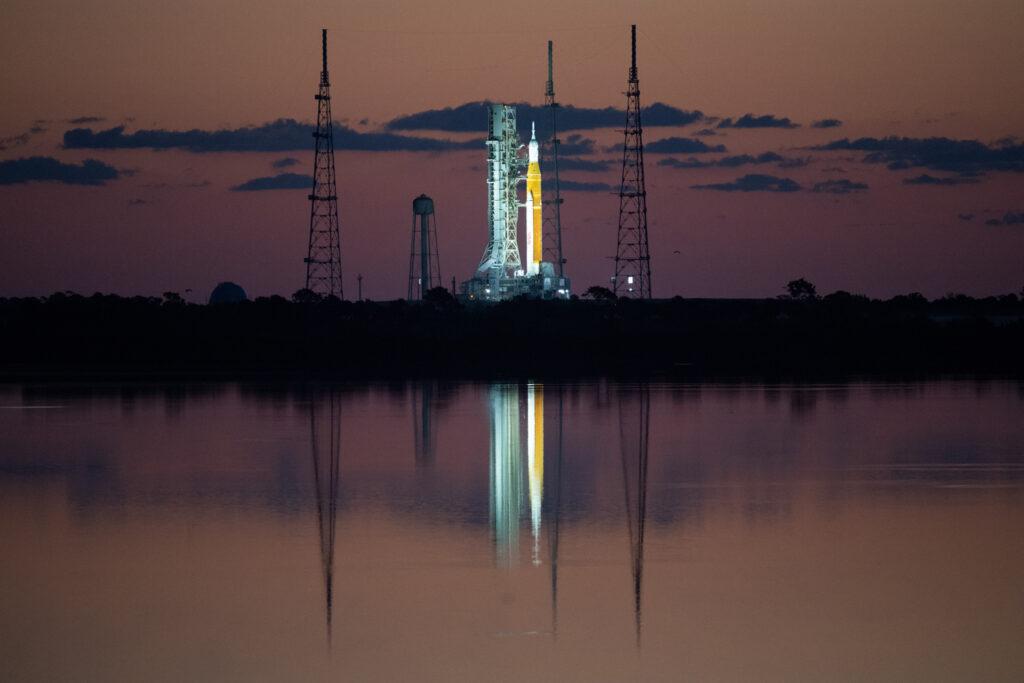
For instance, Westminster-based Maxar Technologies is developing components for the Lunar Gateway – a research lab and supply base that will orbit the moon. Redwire
Technology, with offices in Littleton and Longmont, developed the camera system for the Orion spacecraft.
Iain Boyd is a professor at CU’s College of Engineering and Applied Science, with a Ph.D. in aeronautics and astronautics. CU gets more funding from NASA than any other public university in the country, according to Boyd.
“Space is really a focus for the universities because our graduates have lots of opportunities to go out and work in aerospace,” Boyd said.
Boyd is the director of a NASA-funded institute that studies spaceships. It’s relatively new and isn’t directly involved with the Artemis mission, but Boyd is nonetheless paying close attention to it.
There have been plenty of delays and hiccups along the way to getting the Artemis I launch off the ground. Boyd said that's to be expected for any multi-year aerospace program.
“They almost always fall behind,” Boyd said. “People all the time say ‘It’s not rocket science.’ And obviously… this is. It’s challenging.”
Editor's note: This article has been updated with Artemis I's new successful launch date.

